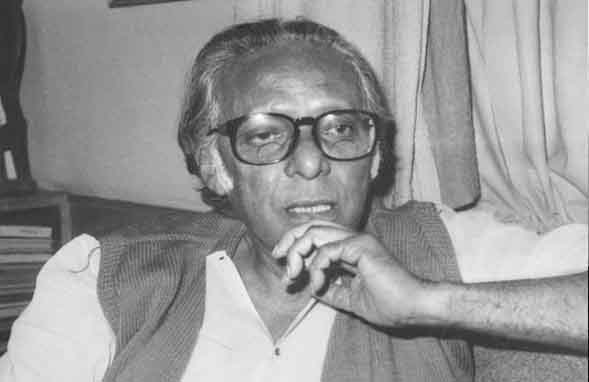
India’s treasured filmmaker, Mrinal Sen passed away on Sunday in Kolkata at the age of 95. The cinematic genius was known to have a history of age-related ailments
Indian filmmaker Mrinal Sen, who along with his contemporaries, Satyajit Ray and the Ritwik Ghatak ushered in the golden era of Indian cinema, passed away on Sunday. The filmmaker breathed his last in Kolkata, he was 95.
Mrinal Sen was known for bringing to life social reality and artistic brilliance on celluloid. The filmmaker was born in Faridpur town of British India (now in Bangladesh), after finishing school Mrinal Sen, completed his tertiary education at the University of Calcutta. He joined the cultural wing of the Communist Party of India and was greatly inspired by the Marxist philosophy, which also reflected in his work.
Mrinal Sen’s directorial debut was the Bengali-language film, ‘Raat Bhore’. The film starred Uttam Kumar in the lead role. The filmmaker’s second film, ‘Neel Akasher Neechey’ revolved around the struggles of a Chinese man working in Kolkata and got him much regional recognition. However, it was only with his third film, ‘Baishey Shravana’ that the cinematic genius received his due. The film’s tragic narrative revolved around a poor farmer in a famine-affected village who eventually loses everything, including humanity. With the success of the film came international recognition for the Bengali filmmaker.
During the Golden Age of Indian Cinema, between the late 1940s to 1960s, audiences witnessed the best of Indian filmmaking, owing most of it to the healthy competition between Mrinal Sen, Ritwik Ghatak and Satyajit Ray. All the three were inspired by and admired each other’s work.
When the Government of India decided to back Indian cinema and give it the needed funds and push to put it on the world map, Mrinal Sen delivered his masterpiece, ‘Bhuvan Shome’. Considered to be a landmark in Indian modern cinema, the Hindi-language film narrated the tale of a widower, senior Indian Railways Officer. ‘Bhuvan Shome’ is often said to have pioneered the New Wave of Indian Cinema, highlighting the rural-urban divide in India.
The brilliance of Sen’s filmmaking reflected through the deficit of a happy ending and its non-defined experimentalist nature. The filmmaker drew from Italian neorealism, existentialism, German expressionism, Marxism and idea of Postmodernism. The films often lacked a definite conclusion, evoking both thought and awe of cinema in the audience.
Sen has won four National Awards for Hindi-language feature films, Bhuvan Shome in 1969, Chorus in 1974, Mrigayaa in 1976, and Akaler Sandhane in 1980. He also received National Awards for Bengali-language films like Punascha (1961), Akash Kusum (1965), and Antareen (1993). Apart from this Mrinal Sen’s career was studded with numerous awards and honours, including several international awards. Moscow International Film Festival, Karlovy Vary International Film Festival, Berlin International Film Festival, Cannes Film Festival, Valladolid International Film Festival, Montreal World Film Festival, Venice Film Festival, are few of the international festivals that recognised Mrinal Sen’s brilliance.
In 1982, Sen became a member of the jury at the 32nd Berlin International Film Festival, he made is to the Moscow International Film Festival jury the next year. The filmmaker truly put Indian cinema on the world map and his legacy will forever be cherished by the nation.








